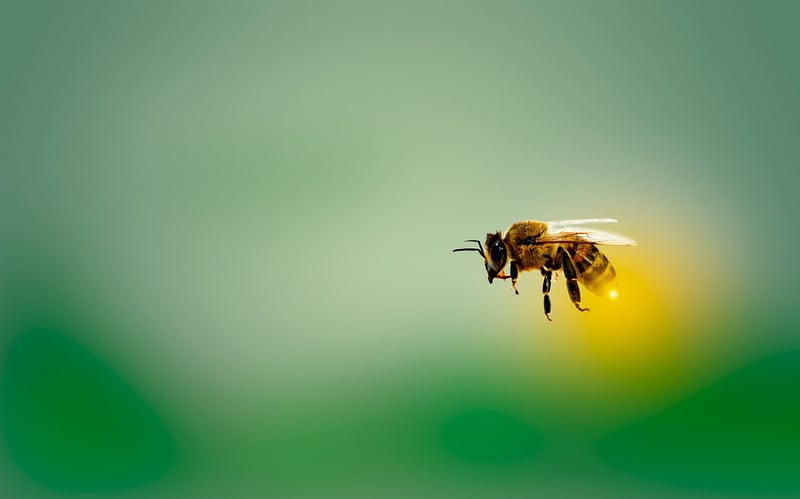Bee-friendly Plants

Creating Environments for Pollinators
Pollinators play a crucial role in our ecosystem by facilitating the reproduction of plants. Bees, in particular, are one of the most important pollinators. Creating an environment that is conducive to pollinators like bees is not only beneficial for them but also for our food supply. Here are some tips on how to make your garden or outdoor space more pollinator-friendly:
Plant Native Flowers
Native flowers are adapted to the local environment and are attractive to native pollinators. Some great options include bee balm, black-eyed susan, and purple coneflower. These flowers provide nectar and pollen for bees to feed on.
Avoid Pesticides
Pesticides can be harmful to bees and other pollinators. Opt for natural pest control methods or use pesticides sparingly and carefully following the instructions on the label.
Provide Water Sources
Bees need water to drink. Create shallow water sources like a birdbath with pebbles for bees to land on and drink without drowning.
Plant a Variety of Flowers
Planting a variety of flowers that bloom at different times of the year ensures a continuous food source for pollinators. This diversity also attracts a wider range of pollinators to your garden.
Include Bee-Friendly Plants
There are specific plants that are particularly attractive to bees. Some bee-friendly plants include:
By incorporating these plants into your garden, you can attract and support bee populations.
Create Nesting Sites
Provide nesting sites for bees by leaving some areas of bare soil, keeping some patches of grass uncut, or placing bee hotels in your garden. These nesting sites are essential for the reproduction and survival of bees.
Creating a pollinator-friendly environment is not only beneficial for bees but also for the overall health of your garden. By following these tips and incorporating bee-friendly plants, you can help support pollinators and contribute to a more sustainable ecosystem.